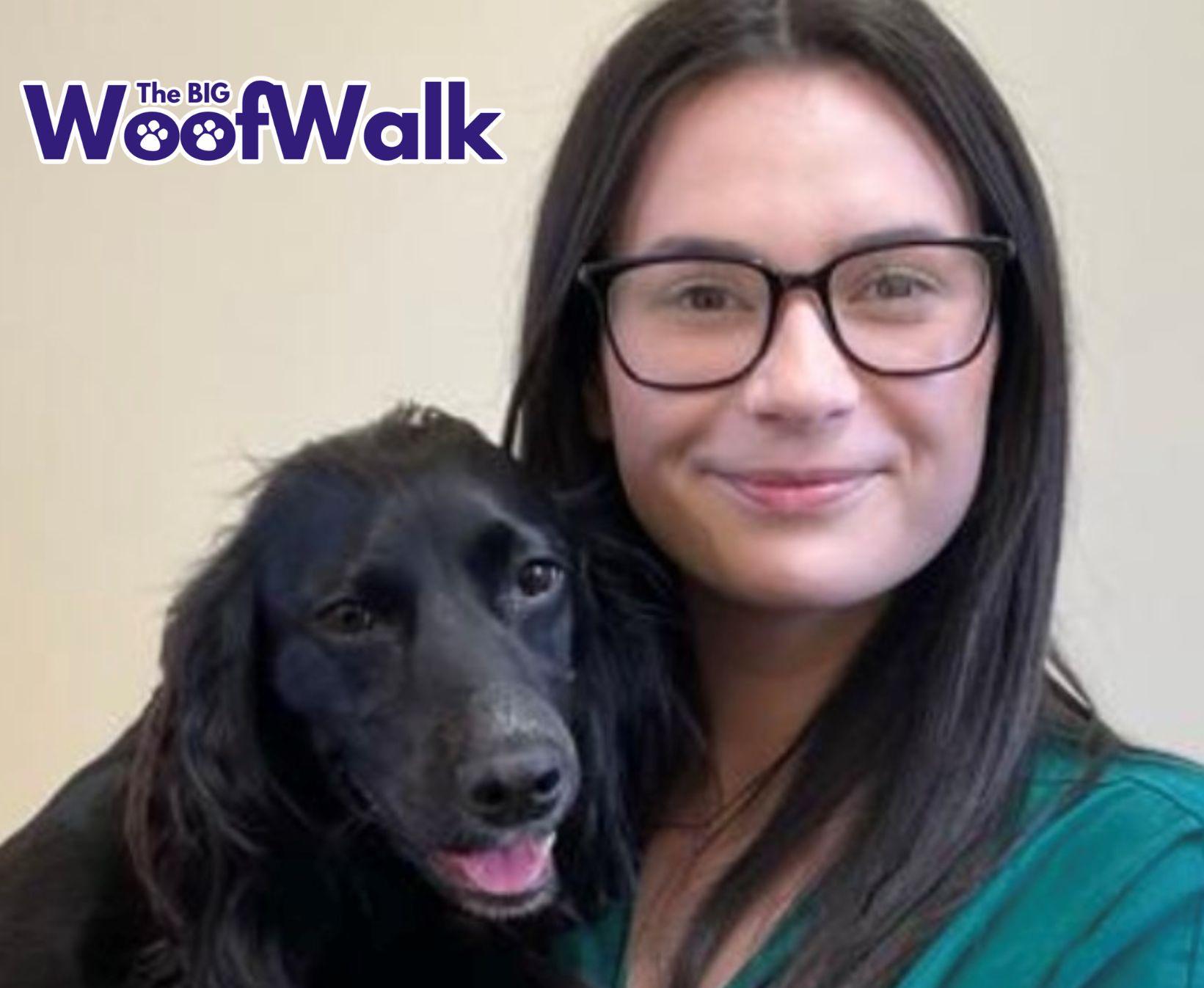So, our Big WoofWalk is in full swing, and so is our summer!
Thus far we have we been blessed with some fantastic weather and some VERY warm temperatures, so we asked the experts at the event sponsors Church Walk Vets for some advice about how to help your dog cope during a heatwave.
Veterinary Nurse Abi said:
Dogs can experience heat stroke when their internal body temperature exceeds 41 degrees. There are two types of heat stroke- exertional, which is caused by exercise in hot weather and non-exertional which is caused by exposure to high temperatures without the ability to cool down, for example- being locked in a car or room. Signs of heat stroke include excessive panting, lethargy, loss of balance, unconsciousness, diarrhoea and in extreme cases, seizures. The breed of your dog is the most important factor to bear in mind, especially if you have a flat faced breed such as a pug, bulldog, shih tzu or chow chow.
Four ways in which dogs can cool down naturally:
• Evaporation - panting which can be more difficult for shorter faced breeds
• Conduction – such as lying on a surface that is cooler than their body temperature
• Convection- for example cool air blowing onto them from a fan and lastly,
• Radiation - where heat dissipates from the dog into the environment (more difficult for long and heavy coated breeds)
How to prevent heat stroke?
• Exercise your dog either early in the morning or last thing at night when the temperatures are cooler
• Take them on shorter walks or lead walks instead of letting them off the lead to overexert themselves
• Keep them in the shade in the height of the day, ensuring that they have water available at all times and not leaving them in your car or a hot room (even if the windows are open)
• Provide opportunities to cool using paddling pools, fans and cooling mats
Protect those paws!
Pavements and surfaces such as patios and fake grass can get extremely hot in summer, sometimes reaching temperatures of over 70 degrees. This can cause paw burns and so we strongly recommend placing the back of your hand on these surfaces for a few seconds to ensure that it is safe for your dog to walk on.
What to do in an emergency?
If your dog shows any signs of heat stroke contact your veterinary practice as soon as possible. They will be able to advise you on the most appropriate course of action after obtaining your dogs history. You should also start with some active cooling at home and continue with that whilst on the way to your vet. Start by submersion in cool (not cold) water and then spray your dog with water whilst using a fan when you are on the way to your practice.
Enjoying the warm weather with your furry companion is so much fun but it is important to know that around 80% of the heat stroke cases that we see could have been prevented.
We hope that everyone can enjoy the sun with their pet in a safe way and we wish everyone doing the Woofwalk the best of luck!

To find out more about joining the Big WoofWalk click here




